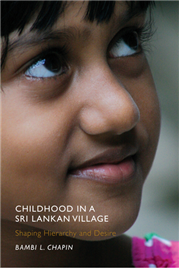 We are pleased to announce the 3rd international conference of the International Childhood and Youth Research Network (ICYRNet) which is organized by the Center for the Study of Childhood and Adolescence and the Department of Social and Behavioral Sciences, European University Cyprus.
We are pleased to announce the 3rd international conference of the International Childhood and Youth Research Network (ICYRNet) which is organized by the Center for the Study of Childhood and Adolescence and the Department of Social and Behavioral Sciences, European University Cyprus.
Dates: 10-12 June, 2015
Venue: European University Cyprus, Nicosia, Cyprus
Confirmed keynote speakers:
- Jo Boyden, Professor and Director of Young Lives, Oxford University
- Dan Cook, Professor of Childhood Studies, Rutgers University
Continue reading CFP: Theory and Method in Child and Youth Research

 Innocent Weapons: The Soviet and American Politics of Childhood in the Cold War
Innocent Weapons: The Soviet and American Politics of Childhood in the Cold War
